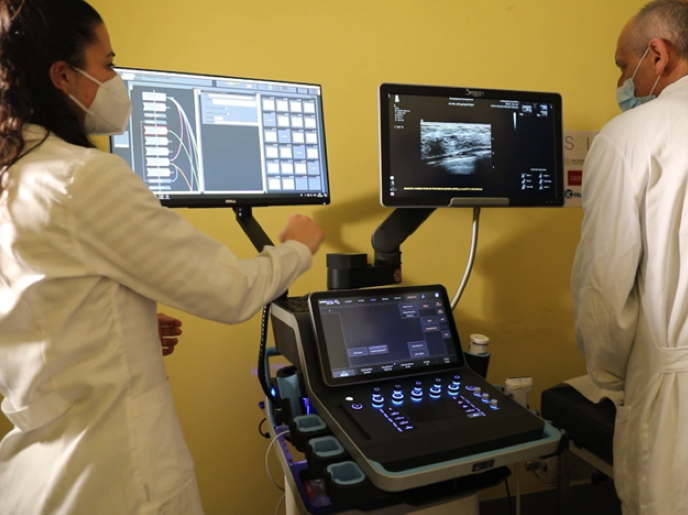Towards a better way of treating triple-negative breast cancer
Triple-negative breast cancer(opens in new window) (TNBC) is a type of breast cancer that lacks the hormone receptors(opens in new window) for oestrogen(opens in new window), progesterone(opens in new window) and epidermal growth factor(opens in new window). This lack of receptors means the targeted cancer therapies developed for other breast cancers are not applicable. Instead, treatment tends to involve aggressive chemotherapy, mastectomy, radiation and preventative oophorectomy(opens in new window). The physical and psychological impact of this regimen is unquantifiable, and there is always a risk of relapse. The overall 5-year survival rate for TNBC is 77 %, and only 11 % if the cancer has metastasized to other parts of the body. Clearly, a better way of treating TNBC is needed. According to the EU-funded CONQR project, undermining the activity of the enzyme QSOX1(opens in new window) could contribute to improved TNBC treatment. “We made the revolutionary discovery that the specific inhibition of QSOX1 significantly controls cancer cell adhesion, cell migration, primary tumour growth and metastasis,” says Deborah Fass, a biochemist at the Weizmann Institute of Science(opens in new window) and coordinator of the European Research Council(opens in new window) supported CONQR project.
Slowing tumour growth and metastasis
QSOX1 is an enzyme that oxidizes cysteine(opens in new window) amino acids to form disulfides(opens in new window) during protein folding(opens in new window) and assembly. It also reduces molecular oxygen to hydrogen peroxide. Tumour cells may take advantage of the oxidative environments created by QSOX1 during the different stages of tumour formation. One role of QSOX1, namely its participation in assembling the extracellular matrix(opens in new window) (ECM), may serve a particularly important function in tumour growth and metastasis. “We hypothesised that QSOX1 is involved in ECM remodelling driven by signals from the tumour cells,” explains Fass. “Within this context, we aimed to inhibit QSOX1, thus preventing tumours from inducing the production of a tumour-supporting ECM.” To do this, researchers developed inhibitory(opens in new window) antibodies – work that was done during the EU-funded QSOX1BIOFUNC project. During the CONQR project, researchers tested the effect these inhibitory antibodies have on tumours. “We found that QSOX1 inhibitory antibodies slowed tumour growth and metastasis in three different cancer models in mice,” remarks Fass. “We also demonstrated that the selective inhibition of extracellular QSOX1 with antibodies avoids side effects that could have arisen from inhibiting QSOX1 inside cells.” Fass adds that they also saw that QSOX1 inhibition counteracted some side effects of chemotherapy.
Moving towards commercialisation
Based on these findings, the project turned towards finding the best route for developing and commercialising QSOX1 inhibitory antibodies as human cancer therapeutics. However, here they ran into some resistance. “With the exception of immunotherapy, we found that the industry is hesitant to develop drugs that do not target tumour cells directly,” notes Fass. “We realised we needed to extend our observations and increase our mechanistic understanding of how the QSOX1 inhibitory antibodies exert their beneficial effects via the ECM before we have a strong enough package to commercialise.” For this, the research team is collaborating with academic cancer labs and is continuing to conduct translational research. They are also working to build support for their findings by making presentations at prestigious medical conferences and by publishing articles in leading journals. “Although it will take more time, I am confident that the legacy of the project will be the commercialisation of an anti-metastatic cancer drug,” concludes Fass.







